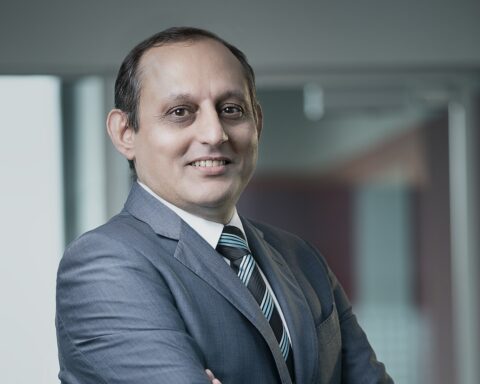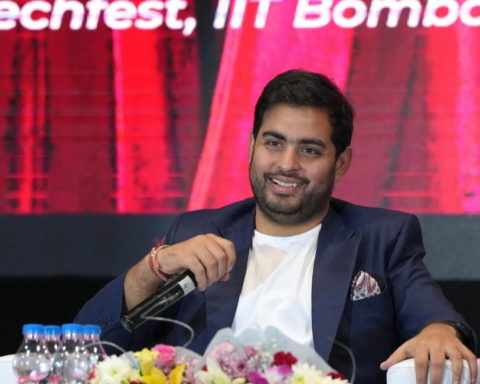AT&T’s CEO told Congress Tuesday that his company’s purchase of DirecTV will help slow increases in programming prices, but won’t lead to a decrease in prices.
CEO Randall Stephenson spoke to two Congressional committees to defend AT&T’s $48.5 billion deal to buy the country’s largest satellite TV broadcaster.
Sen. Richard Blumenthal, a Connecticut Democrat, pressed Stephenson on the cost issue at a hearing of the Senate Commission of the Judiciary.
Stephenson said pay-TV costs are rising because of programming costs driven by TV studios and sports networks, and said he couldn’t promise a decline in prices.
AT&T has its own pay-TV service, with 5.7 million subscribers. A big part of the reason it wants to link up with DirecTV, which has 20 million subscribers, is to gain access to programming at lower rates, thanks to greater volume.
Public-interest groups say the deal would lead to less competition, since AT&T and DirecTV compete in providing pay-TV services to about 25 percent of the country.
Michael White, CEO of DirecTV, said that should be weighed against the 75 percent of the country where AT&T and DirecTV don’t compete, and both can offer stronger “bundles” of wireless and pay-TV services.
“You have to look at the plusses and the minuses,” White told the Senate committee.
Both executives were questioned earlier Tuesday by the House Judiciary Committee’s Subcommittee on Regulatory Reform, Commercial, and Antitrust Law.
The board of El Segundo, California-based DirecTV agreed to the deal in May, but it needs approval by the Justice Department. The Congressional committees have no direct jurisdiction over the merger.
Stephenson said Dallas-based AT&T makes no money from its U-Verse pay-TV services today. It uses them as a way to sell broadband in competition with cable companies. Merging with DirecTV would make its broadband service more attractive in areas where it doesn’t have U-Verse, he said. That’s the reason AT&T committed three weeks ago to making broadband available to an additional 13 million mostly rural households. It would do that through so-called “fixed wireless” links.
In general, such links can be faster than DSL, but may not be competitive with cable. AT&T has also offered to make ultra-fast fiber connections available to an additional 2 million households.
John Bergmayer, senior staff attorney at Public Knowledge, noted that AT&T has not said how many households it was planning to connect with fiber without the DirecTV merger, making it difficult to evaluate how big the new commitment is.
In addition, the AT&T has “a history of using already planned buildouts as a merger promise,” he said. When trying to get approval for its purchase of T-Mobile in 2011, AT&T offered a high-speed wireless buildout. When regulators blocked the deal, the buildout continued anyway.






